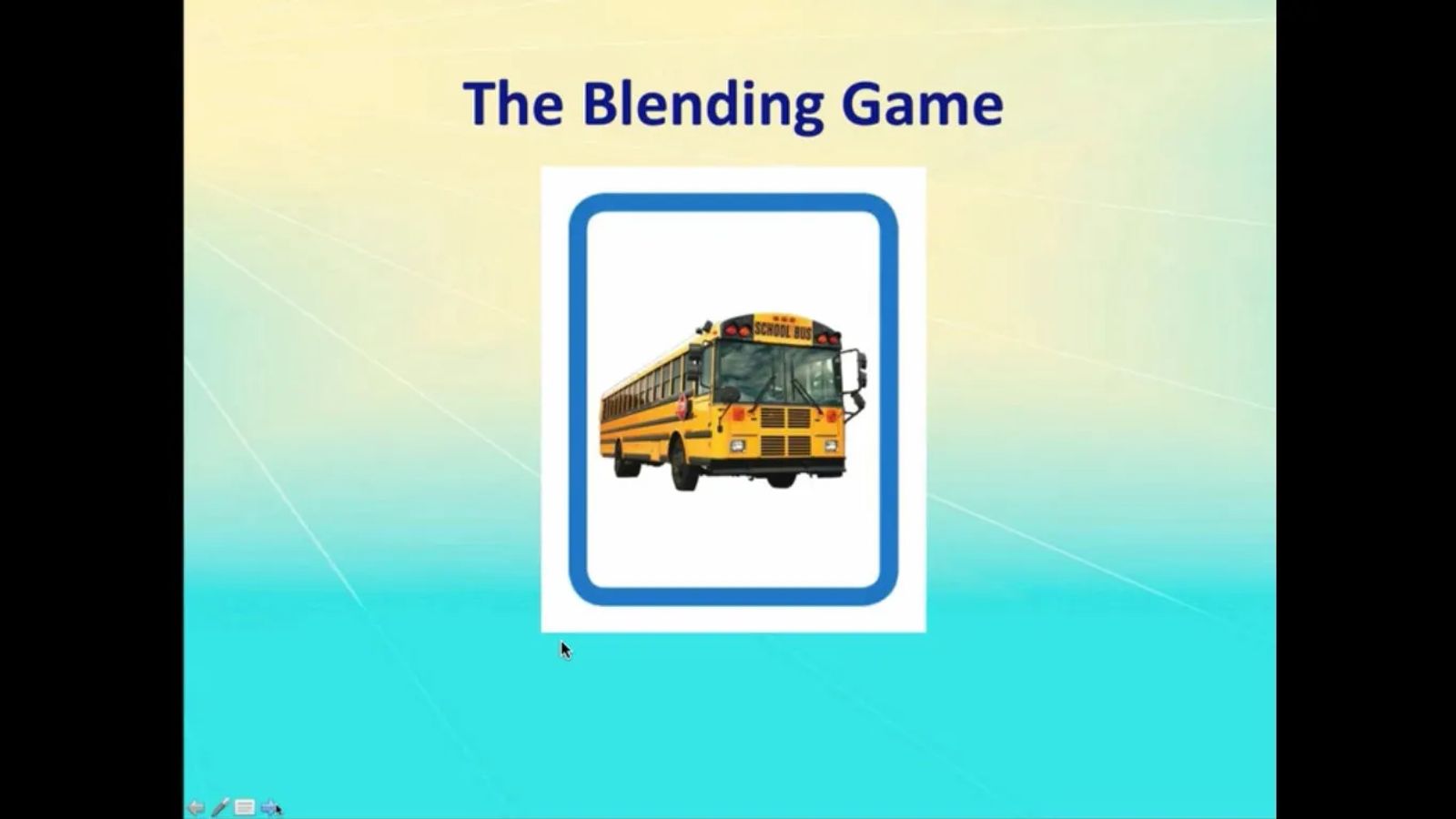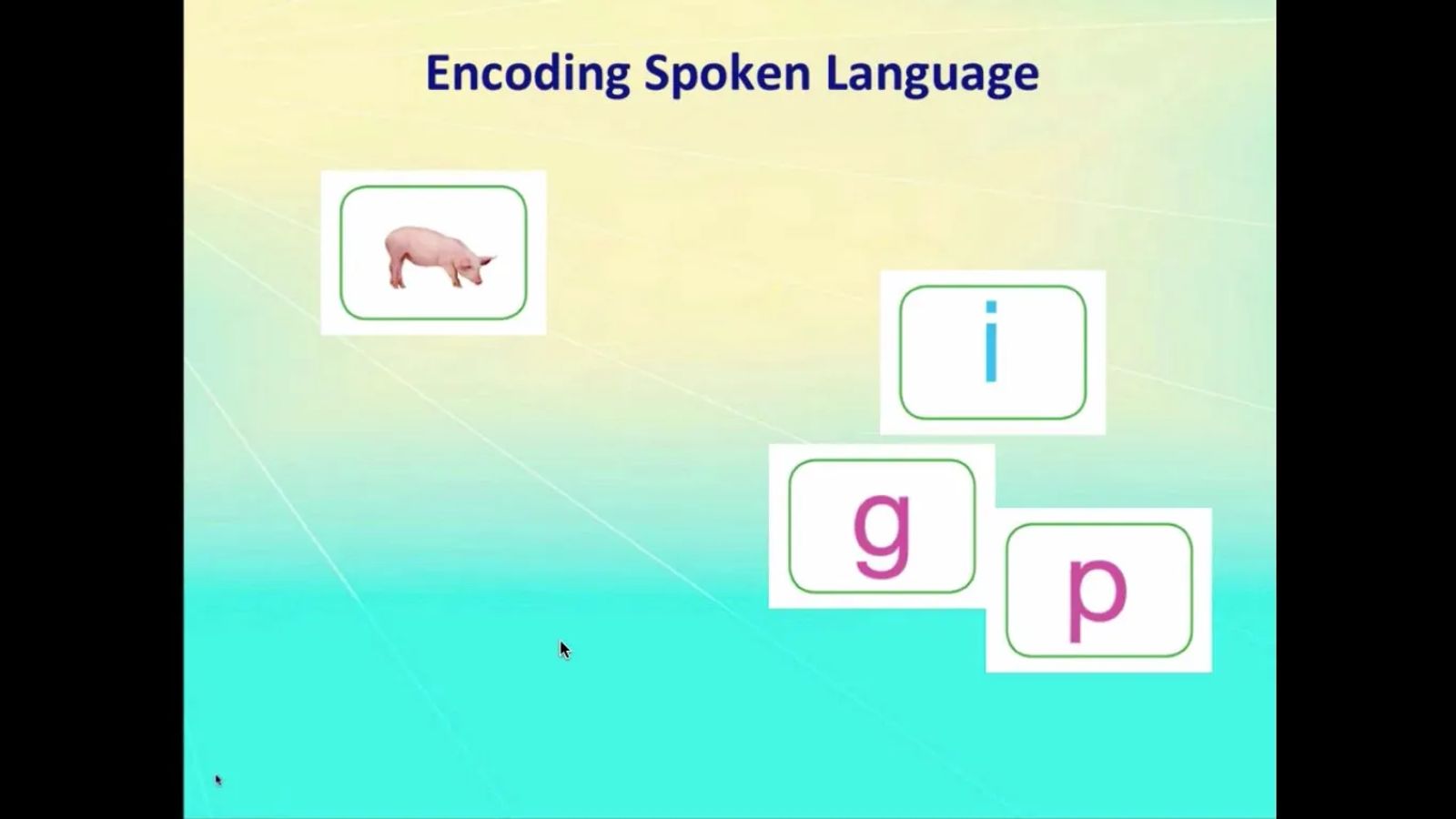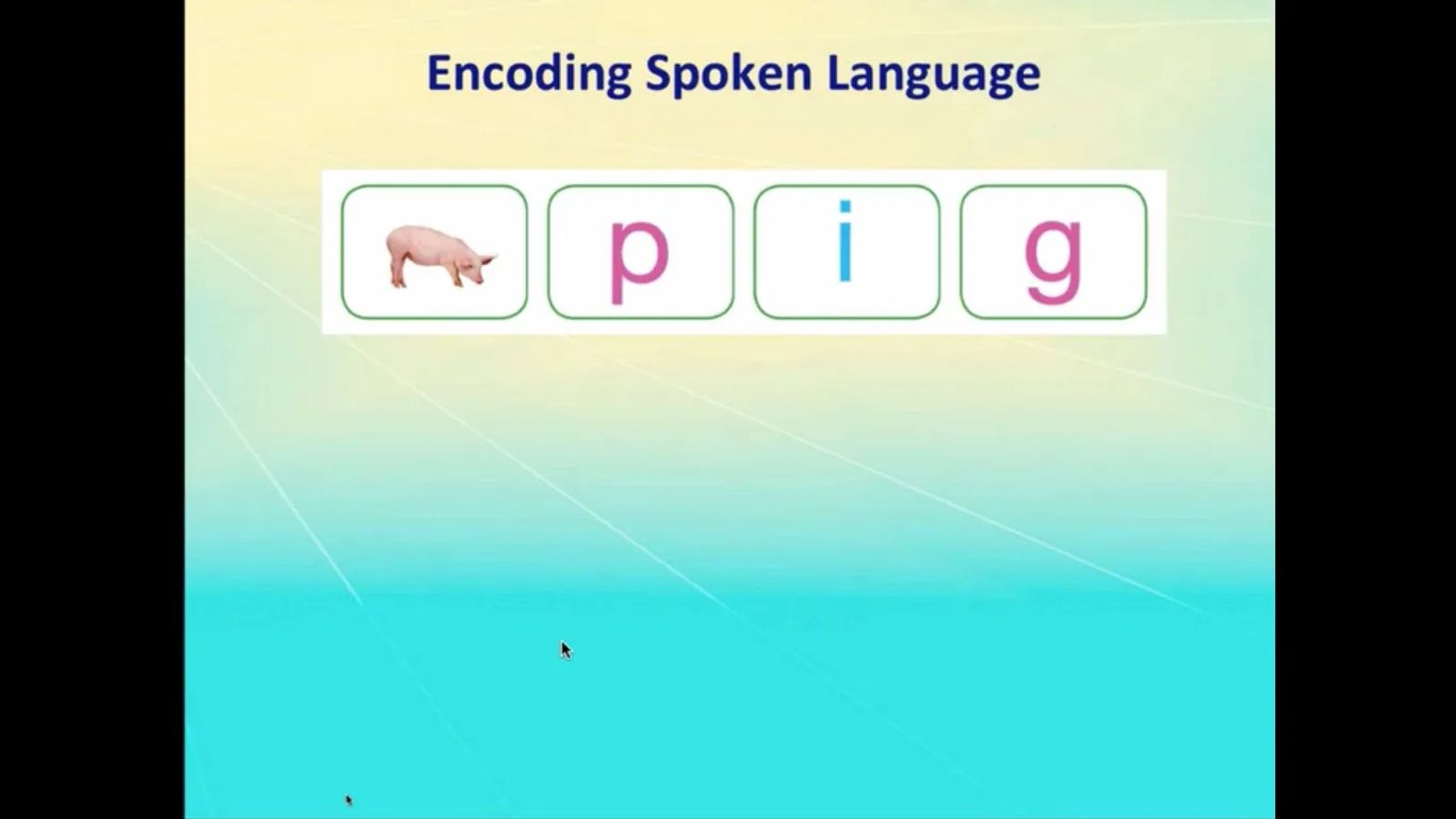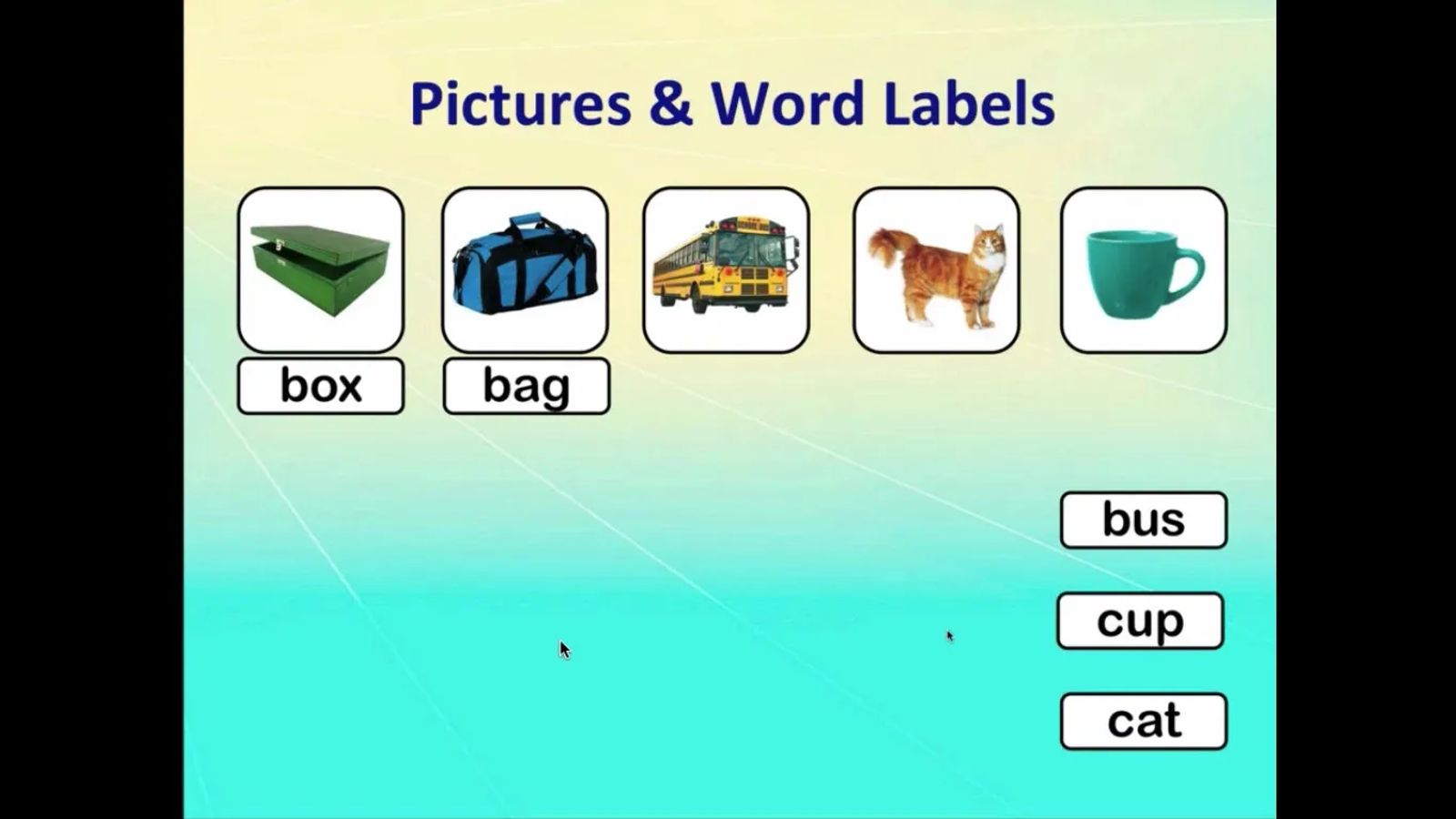You Can Teach Early Literacy Skills to your Child--Part 2
Part 1 introduced the five essential skills for the foundations of literacy according to Master Montessori teacher and Early Reading Specialist, Randall Klein. In the webinar entitled “Essential Skills for Beginning and Struggling Readers,” Randall Klein lists these steps as:

- Beginning sound isolation
- Using the alphabetic principle to identify sounds of letters
- Phoneme segmentation
- Encoding words with movable letters
- Decoding words using letter-sounds
In Part 1 of the blog, we touched briefly on steps one and two: beginning sound isolation and the alphabetic principle. In this blog, we will cover the next steps in this introduction to teaching your child early literacy skills.
Note: It is important to understand that the child’s progress is NEVER forced, and the child is never-EVER pushed to advance more quickly. Instead, we follow the child’s lead. This allows her (or him) to set the pace and be motivated by her own inner desire to learn. As Maria Montessori understood, children under the age of six or seven years old are predisposed toward learning to read and write. They will want to learn, just at their own pace.
“Our work is not to teach, but to help the absorbent mind in its work of development.” - Maria Montessori
Phoneme segmentation is the child’s independent ability to break words down into individual sounds. For example, in the picture below, the child can look at the picture of a bus and say the individual sounds: “b” “uu” “ss,” or fan as “ff” “aa” nn.” (Remember, we don’t want to tack on extra vowel sounds as in “nuh” when it should be “nnn,” or “fuh” when it should be “fff.”)

Segmentation is taught simply by modeling it for the child in a fun interactive activity called “the blending game.” To play the blending game, you will start with a hidden picture, then speak the word, breaking it down into its three sounds (start with simple, three phoneme words.)

In this example, you would say “b” “uu” “ssss.” The child then blends the sounds together to come up with “bus.” Keep the sounds close together until the child has mastered this first level of the blending game.

Notice that while you are modeling phoneme segmentation, the child is blending.
The blending game teaches children how to segment. Segmenting is a skill the child must master in order to read successfully. Struggling readers are often unable to segment words into individual sounds. This is why Randall calls phoneme segmentation “the most important reading readiness skill of everything in the known universe!”

When a child has demonstrated an understanding of beginning sound isolation and the alphabetic principle, and has mastered phoneme skills, it is time to introduce the alphabet. (Again, never force the child to move on to the next step. Observe the child’s readiness and follow the child’s natural progression.) In this step the child learns (not memorizes) the alphabet sounds represented by each letter. The child must have mastered the alphabet in order to be able to encode and decode words. As Randall explains, “children who struggle with reading at the beginning levels don’t know their alphabet sounds.”
Encoding words involves building words with moveable letters. Children choose (because they are prepared to do this independently) word-building activities such as cards…


Or the “movable alphabet….”

Decoding is the child’s ability to connect a printed word with the spoken word, such as the examples pictured below:



This blog is intended to be just an introduction, and to inform parents that you can teach your children to read! For a comprehensive, step-by-step program that includes everything you will need to teach your child to read, click here to discover The Royal Road to Reading Program: an early childhood reading program for parents, grandparents, homeschoolers, and teachers.




















